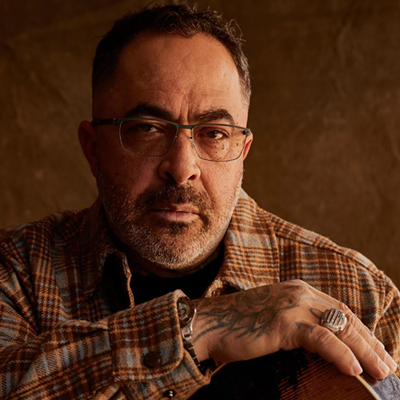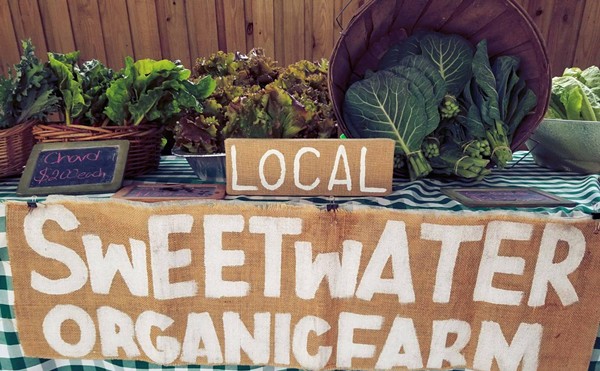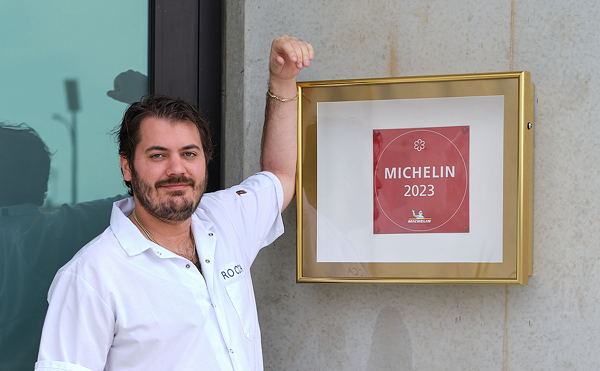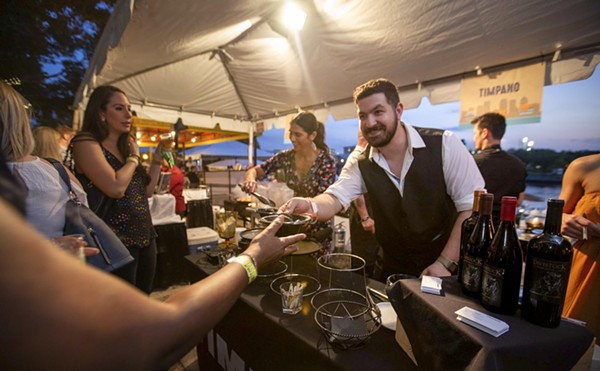Delivering the keynote speech at the University of South Florida St. Petersburg’s second annual Florida Food Conference last Saturday, Locale Market chef and co-founder Don Pintabona discussed the influence his family had on his culinary outlook.
Later on, similar experiences of food, family and heritage were shared by four panelists during a “cross-cultural conversation” dedicated to rice, that versatile, time-tested staple of homes around the globe. The tasty grain provides nourishment, but it also carries cultural significance.
Vivian Fueyo, founding dean of the USFSP College of Education, learned how to cook “the perfect rice” — meaning, when the rice is done, it’s very textured yet soft — from her abuelita when she was 6. According to Fueyo, Spain is the second largest producer of rice, with China being the first.
Serving Abuelita's Bomba rice, which Fueyo was taught to never stir, gave her “great pride,” she said.
Another grandmother, Bob Devin Jones’ Meme, would regularly fix a sweet rice dish for her grandson from a box of Uncle Ben’s, said Jones, artistic director of The Studio@620.
Jones attempted to recreate Meme’s formula using ingredients like milk and vanilla extract, but it didn’t provide the same level of comfort until he remembered her method. She added a “nub” of butter and sugar, and always served her rice with a big spoon. Throughout the year, usually around midnight, he makes the recipe to conjure the warm-and-fuzzies.
“I’m not hungry,” Jones said. “I just wanna feel that [comfort].”
Even if he orders rice at a restaurant, it tastes “perfect every time” as long as there’s a big spoon.
For La V owner Thuy Le, rice is “very spiritual.”
The restaurateur was introduced to the grain as a baby. She said that Vietnamese culture uses rice as a base, and that it’s an inexpensive product for cooking whether people top it with meat or grind it into a powder for noodles.
Although rice is prepared manually over a stove in Vietnam, Le says the same taste can be achieved in America through electric steamers.
Rice is incorporated into meals as a base in China, too. USFSP journalism professor Paul Wang described steamed rice, which he considers a dish and not an ingredient, as essential. It’s served in a bowl alongside veggies and meat.
Wang talked about being terrified to “watch the rice” when he was younger, and gave rice cookers a shout-out, calling them one of the most important kitchen appliances for Chinese and Chinese-American families. He said the gadgets “really liberated” the cooking experience.
Audience members also dished their own memories of rice.
One told of a Vietnamese family who would order pizza for delivery, then serve it with rice fashioned at home. Another remembered a Vigo truck tossing out yellow rice like Mardi Gras beads during a festival in Bradenton, and a New Jersey expatriate extolled the stellar rice pudding served in NJ diners.
As one woman observed after sharing her tale, “You can tell a lot about someone from their rice.”


















